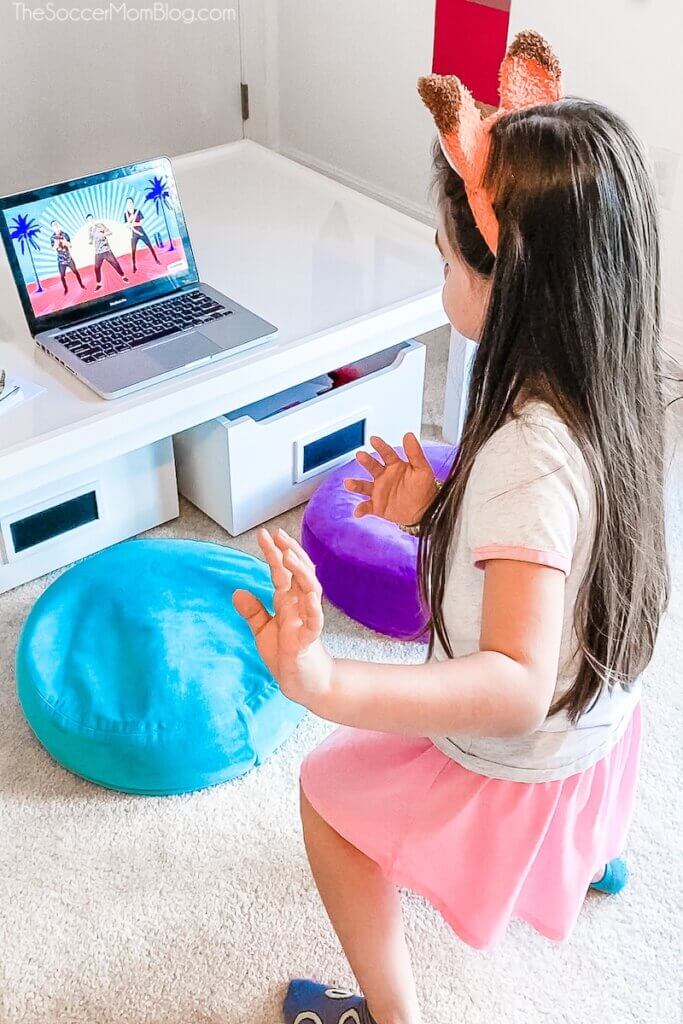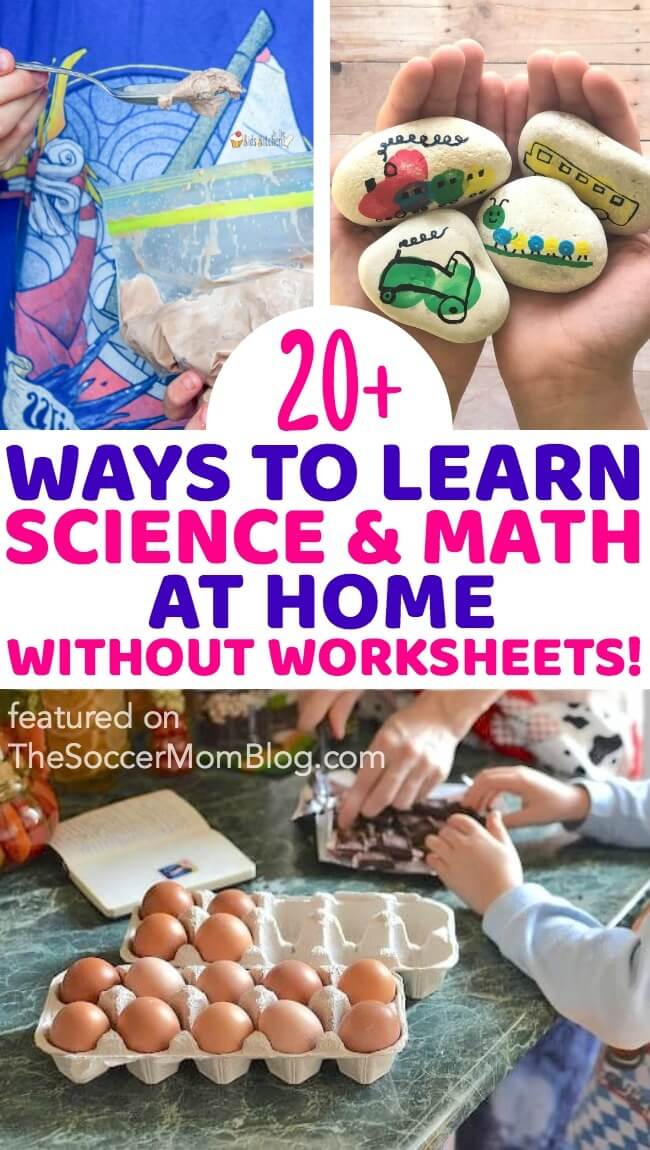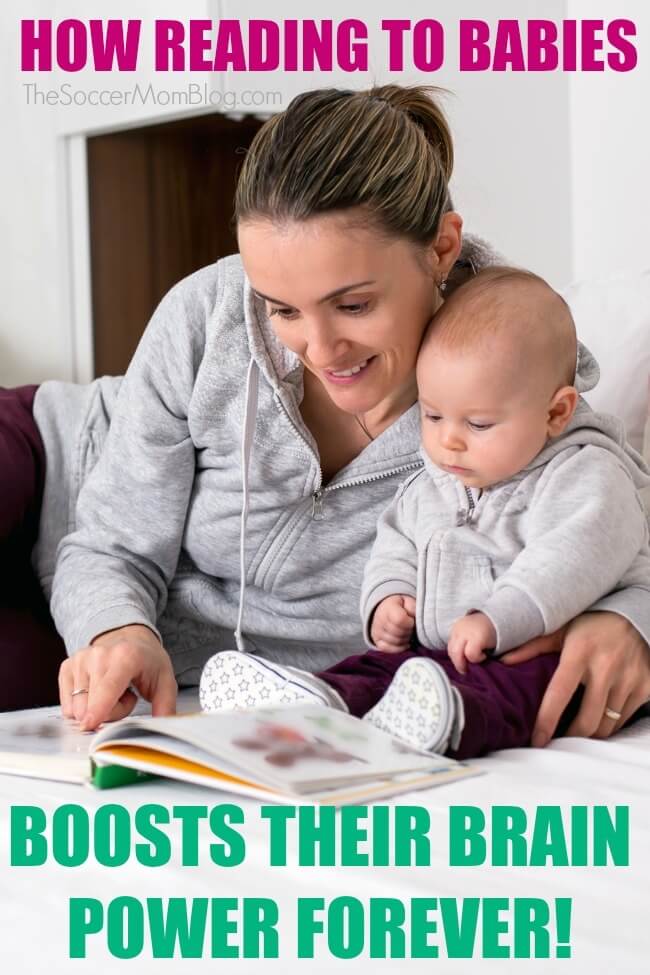Studies show that learning a second language boosts brain development in children. Here’s how to teach Spanish to kids at home with simple, fun activities that they’ll love (and that work!) Sponsored by GoNoodle.
Did you know that learning a second language can actually boost kids’ brain development?
Studies show that teaching kids a second language can improve their overall academic performance and increase their attention span. (source)
The second most commonly spoken language in the United States is Spanish, so that is a great one for kids to learn. Since my husband and I both speak Spanish as a second language, it made sense for our family too.
I didn’t learn Spanish until adulthood, so it was a challenge! Kids are said to learn language easier, so we wanted to start our daughters on the path to becoming bilingual right away.
4 Ways to Teach Spanish to Kids at Home
The following are things that our family has found helpful in teaching Spanish to our daughters. No worksheets, no textbooks…these activities are FUN and they work!
Enlist the Help of Spanish-Speaking Family & Friends
When it comes to learning a new language, practice truly does make perfect! Speaking the language is crucial to becoming conversational.
Both my husband and I speak Spanish, though it is a second language for us. If you’re not fluent in Spanish, but know someone who is, they could be a wonderful resource and person for your child to speak to in their new language.
My husband’s mother is fluent in Spanish, so we’ve encouraged her to speak to our daughters in Spanish whenever possible. She stays with us on the weekends, but if relatives live far away, video chats are a great way to practice!
Learn Through Music and Games
Let’s face it, kids love watching videos and playing video games. So why not use that to our advantage?
We’ve found ¡Vamos! GoNoodle games and videos to be useful for getting our girls excited about learning Spanish and getting them moving!
Both our daughters’ schools already use GoNoodle to complement their physical education programs, so our family is familiar with the app.
When I saw that GoNoodle recently launched ¡Vamos! GoNoodle — a channel of content that celebrates Latino culture and the Spanish language — I knew that this could be a great way to help my girls learn Spanish.
What is GoNoodle?
GoNoodle is movement-based, cross-platform entertainment for kids. GoNoodle turns screen time into active time, where kids get moving, shaking, thinking, and learning.
¡Vamos! GoNoodle includes both Spanish and bilingual versions of many classic GoNoodle songs, as well as brand-new content from the musical group Enmoción. This has been made possible through a close partnership with Children’s Health in Dallas who are dedicated to getting kids and families moving. GoNoodle continues to evolve into an inclusive platform where every child can feel represented with its amazing learning extensions such as ¡Vamos! GoNoodle.
My 6-year-old especially loves Enmoción’s song “Freeze” because it’s super catchy and you have to pay attention and freeze in place when they say the word.
I love that it incorporates both Spanish and English phrases and that the performers show you the movements they’re describing. It’s an immersive and fun way to learn Spanish — kids get to see, hear, speak, and do.
The GoNoodle Games app also features new ¡Vamos! GoNoodle content, such as the Súper Rufus Súper Soccer game. This interactive app uses your device’s camera to let kids be IN the game! You’re the goalie and you have to stop the soccer balls from making it past you.
I love that both the games and songs on ¡Vamos! GoNoodle get my girls moving AND practicing their Spanish! They’re learning and don’t even know it — but let’s keep that little secret among us parents (wink, wink).
Click here to learn more about ¡Vamos! GoNoodle and download the app!
Label Things Around the Home
Placing labels on objects around the home is a great way to expose kids to Spanish in their everyday life.
For example, placing signs on the doors to each room, such as “baño” for bathroom, “cocina” for kitchen, and so on.
You can also label objects like the fridge, television, window, etc. Your own home is full of opportunities for kids to expand and practice their Spanish vocabulary!
Practice Every Day
Even if it’s only a short amount of time, regular practice is important to both learn a new language and remember it.
Each day we try to review one set of vocabulary words with the girls. For example, we will ask them to point to different body parts as we recite them in Spanish.
We keep the lessons short and fun, so it doesn’t feel like a chore.
Do your kids speak a second language or are they learning one? I’d love to hear your tips in the comments below!
Don’t forget to check out the awesome resources from ¡Vamos! GoNoodle too!
You might also like:
How Reading to Babies Makes them Smarter
- Amish Sugar Cookies - April 19, 2024
- Marshmallow Playdough - April 18, 2024
- Homemade Fruit Leather Recipe - April 17, 2024








Zonia says
Amazing advices. Thank you so much!